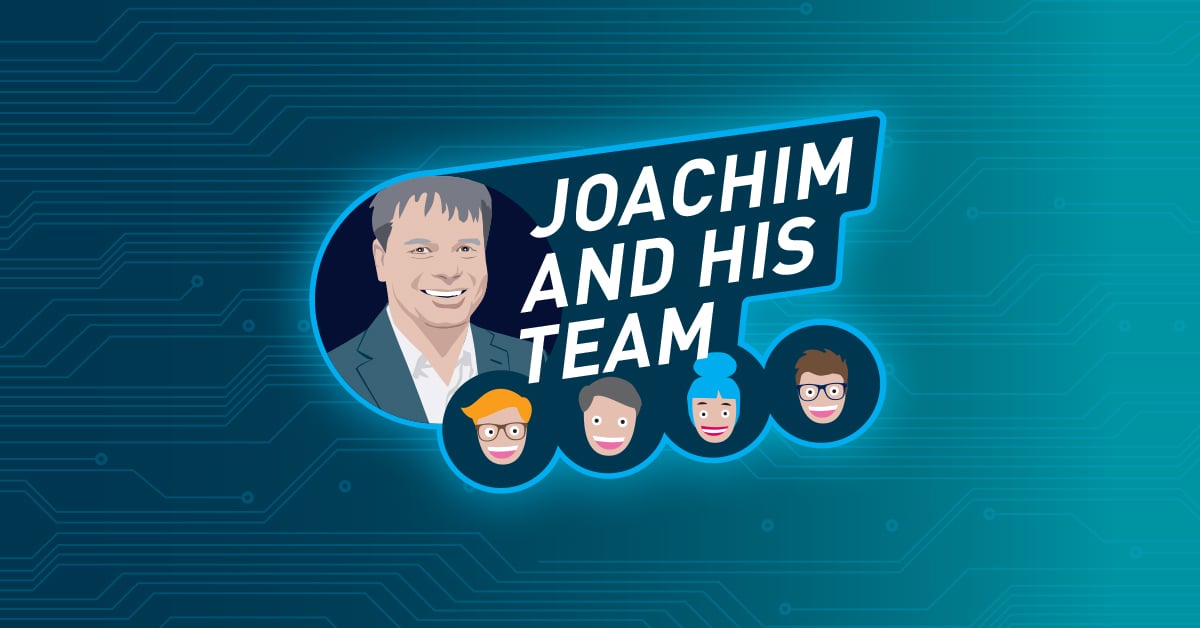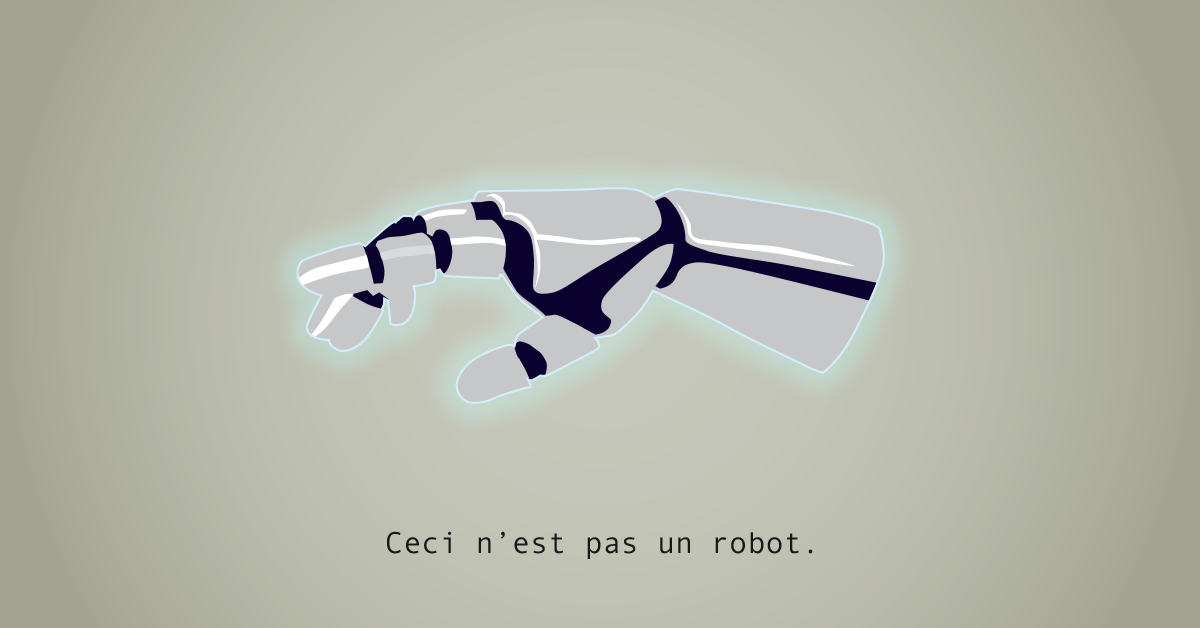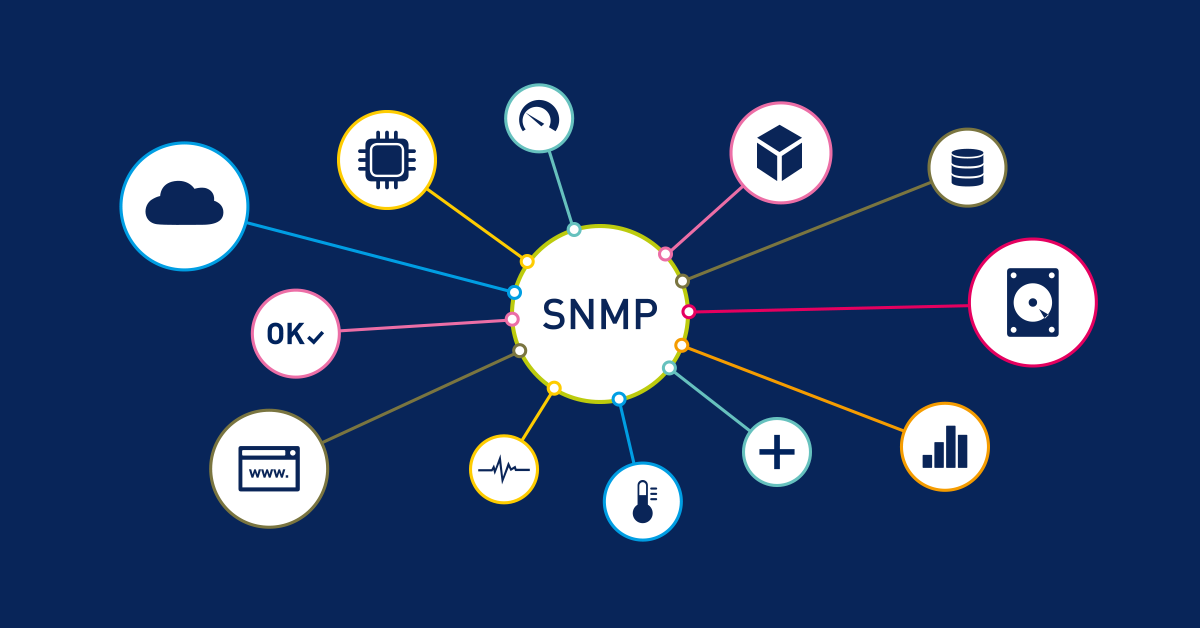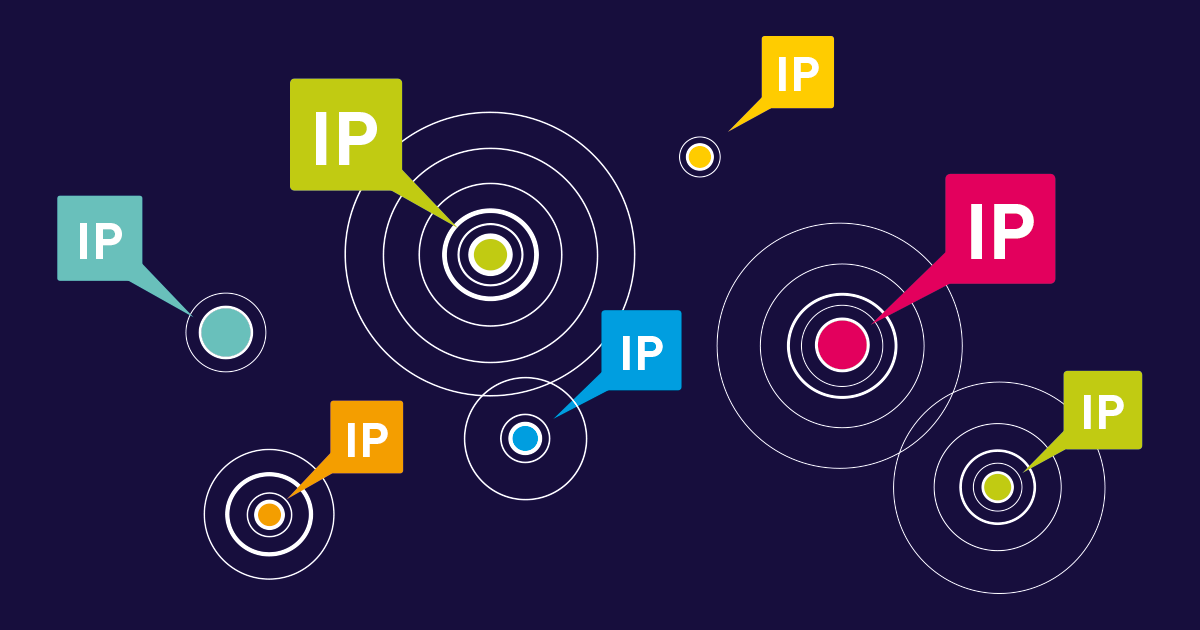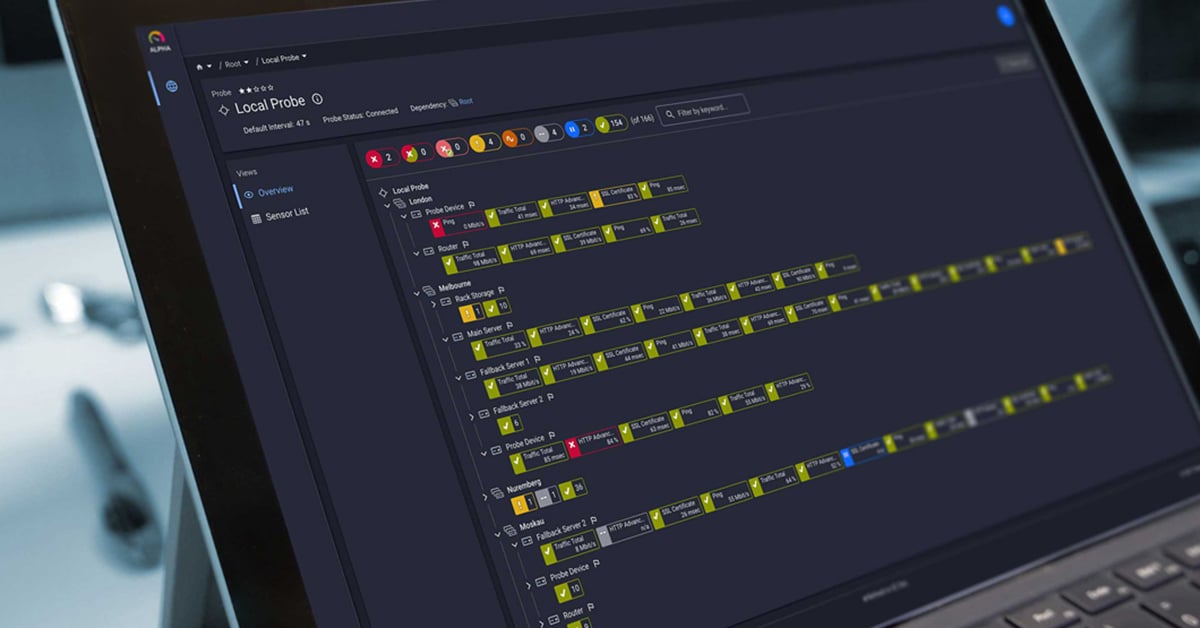Introduction: The monitoring challenge - noise vs. blind spots
In the complex world of IT infrastructure, monitoring itself is often presents a double-edged sword. IT professionals can find themselves drowning in alerts from non-critical systems (noise) or, perhaps worse, feeling safe despite having significant blind spots where critical performance issues or failures go completely unnoticed. Paessler PRTG is designed to simplify IT monitoring, and one key feature directly tackles the challenge of ensuring comprehensive coverage without manual guesswork: Automated Sensor Recommendations.
Meet PRTG's smart sensor recommendations
You're busy. Your day involves much more than just configuring and tuning your monitoring system. Paessler understands this. That's why PRTG includes built-in intelligence designed to automatically analyze your monitored devices and suggest relevant sensors you might be missing. This feature acts like a knowledgeable assistant, helping you get more value from your monitoring setup with minimal effort. These recommended sensors are added under existing devices which means they are added to the existing alarm rules which will provide the same level of notifications already setup for the device.
How does it work? Intelligent discovery, not guesswork
When initiated (either manually or on a once per month schedule), the sensor recommendation feature intelligently probes the target device. It uses built-in knowledge to understand the device's configuration and running services, looking for common, monitorable elements specific to that technology. This is supported both on our classic Windows probe and the multi-platform probe. When probing the device it checks for:
- Available network interfaces
- Logical disk volumes and partitions
- Running Windows services
- Specific critical processes
- Other device-specific items (e.g., printer statuses via SNMP, hardware health sensors)
PRTG compares what it finds during the probe with the sensors you already have configured for that device and only suggests additional capabilities.
Real-world example: Uncovering more on Windows Server 2022
Let's consider a practical example: a Windows Server 2022 machine already being monitored by 50 sensors in PRTG which is running a lot of different services and components in our lab. After running the recommendation feature, PRTG identified several additional, relevant monitoring points based on the server's specific configuration. The system presented a clear list of these suggested sensors.
 With a simple click of "Add Sensors," these recommendations were deployed to the device, instantly increasing the sensor count from 50 to 69, increasing the monitoring coverage by 38% providing better visibility and more importantly alerting us to an overlooked issue.
With a simple click of "Add Sensors," these recommendations were deployed to the device, instantly increasing the sensor count from 50 to 69, increasing the monitoring coverage by 38% providing better visibility and more importantly alerting us to an overlooked issue.

The payoff: Catching critical issues, you didn't know existed
More sensors aren't just about higher numbers; they're about better visibility. In this Windows Server 2022 example, the newly added sensors immediately provided value. PRTG began reporting that one of the server's power supplies was unavailable – a critical hardware issue that wasn't previously being monitored and could have led to unexpected downtime if the redundant supply also failed.
This demonstrates the power of the feature: closing monitoring gaps you might not even realize you have.
Practical intelligence at work (beyond the "AI" hype)
While we might initially think of "AI," it's helpful to understand how this specific feature operates. It doesn't rely on complex machine learning models or predictive analytics for sensor recommendations. Instead, it leverages a sophisticated, rule-based expert system that accommodates your current, individual setup. We have written about our other complementary AI features https://blog.paessler.com/paessler-prtgs-predictive-and-proactive-ai-features and https://blog.paessler.com/streamline-your-monitoring-paessler-ai-tackles-sensor-similarity-reduces-complexity and this is part of the trio of features to save a lot of time for those managing their monitoring.
Think of it as built-in domain knowledge combined with heuristics. PRTG has predefined checks and understands what's typically important to monitor on specific devices and operating systems. It executes these checks and performs a straightforward comparison to your existing setup. It's practical, deterministic intelligence designed for a specific, valuable outcome: better monitoring coverage.
Conclusion: Smarter coverage, simpler management
Whether you call it an expert system, heuristics, or simply smart automation, the result is clear: Paessler PRTG's sensor recommendation feature provides a simple, effective way to enhance monitoring visibility and catch potential problems early. Customers consistently praise this capability for helping them achieve more comprehensive coverage with less manual effort. By intelligently suggesting relevant sensors, PRTG helps IT professionals reduce blind spots and makes infrastructure management easier and more effective.
 Published by
Published by 





